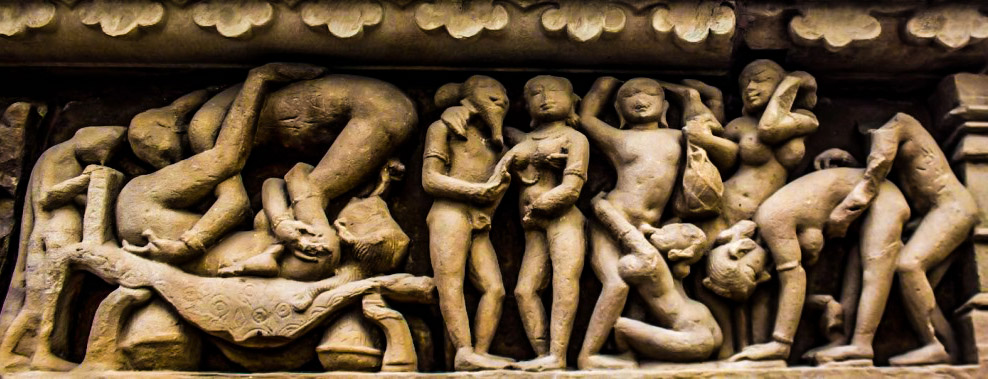3 Minutes Read
Hindu mythology, through evolved heroes and deities, has displayed various elements of gender variance and non-heterosexuality. It is very often to find the changes in sex, homoerotic encounters, and intersex or third gender characters are very common in the epics, the Puranas and regional folklore. While the reproductive connection between man and woman has always been honoured, homosexuality and LGBT themes have been documented through ancient literature and folk tales, art and performing arts.
It is said in Vedas that “what is unnatural is natural”. In most of the Hindu traditional narratives such as Vedas, epics like Ramayana and Mahabharata and even the law book of Hinduism, Manusmrithi describes that many Hindu deities or gods and goddesses whose attributes and behaviour can be interpreted as lesbian, gay, bisexual and transgender. The Hindu epics have many examples of gods and goddesses altering their sexual orientation during incarnations and reincarnations. Also in various stories, there are mentions about same sexual intercourse in form or other.
The temple of Khajuraho, claimed to be the proof of Hinduism approving homosexuality be normal and spiritually or socially accepted.
Many deities in Hinduism and Indian epics are represented as both male and female at different times and in different incarnations or may manifest with characteristics of both genders at once. For instance, Ardhanarishvara, created by the merging of the god Siva and his consort Parvati, the beautiful amalgamation of male and female. A similar merge is also witnessed among goddesses Lakshmi and Lord Vishnu as Lekshminarayanan.In the Hindu epic Mahabharata, a eunuch Shikhandi, claimed to be a transman or lesbian, the reincarnation of Amba to exact her revenge on Bhishma, she is raised as a son by Drupada plays a key role in the final battle. Ayyapan also called Sastavu was born from two males. It is said that he is a child of Shiva and Mohini form of Vishnu. AravanDev, son of Prince Ulupi is considered as the god of Kinnars (third genders).

In Sangam literature, the word ‘Pedi’ is used to refer people born with the intersex condition. The famous Sangam period characters King Koperunchozhan and Pisuranthaiyar were mentioned as homosexuals and deeply in love with each other. Also, the relation between King Paari and poet Kabilar could be read beyond normal friendship. There are lyrical undertones suggestive of the intimate relationship they had. The temple of Khajuraho, claimed to be the proof of Hinduism approving homosexuality be normal and spiritually or socially accepted. It is also famous for erotic idols even with homosexual orientation. The idols explain that the contemporary society during the reign of Chandelas considered homosexuality as a normal trait.
Later, during the advent of hardcore Brahmanism and associated bigotry and dogmatism, homosexuality was considered as a taboo. Now, religious leaders are advocating against the homosexuality as they say to protect the culture and tradition. It is actually because they are unaware of the richness and openness of our culture.